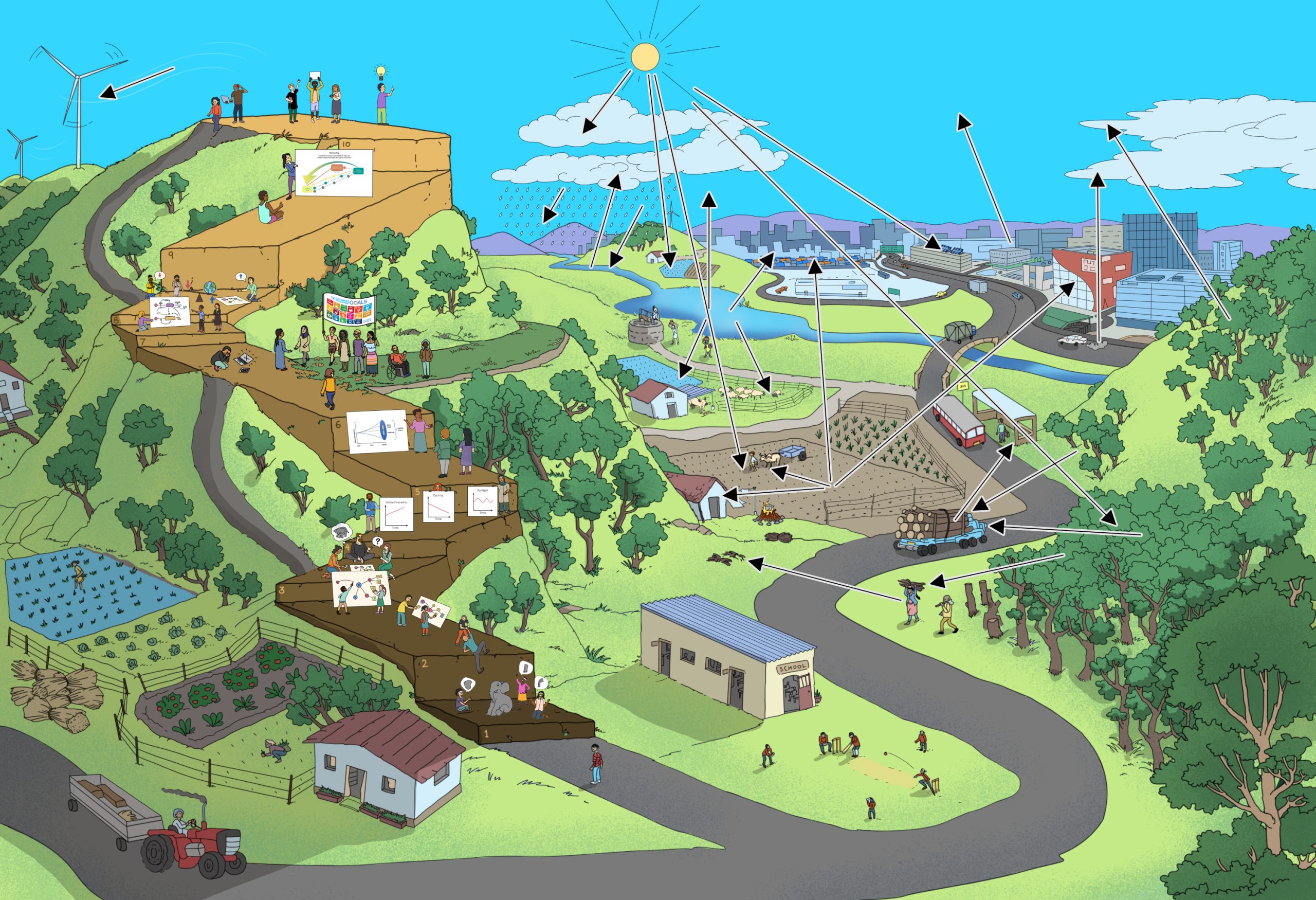Systems thinking is the ability to describe and/ or visualise a part of a complex reality, express that part of reality as a model, understand the model as a system, use the model to explain the behaviour of the system, anticipate the behaviour of the system, and evaluate its impacts on sustainable development, identify potential points of, and types of interventions, generate options to act, assess their impacts in the frame of sustainable development, and decide whether further actions are necessary or not.
1. What is the aim
To enable learners to:
- Produce a structured description of jeans, including
- constituent elements, such as natural and human-made, tangible and intangible,
- numbers or quantities, if relevant, and
- perceptions and feelings about the jeans
- Reflect on their knowledge about jeans production, recognize that knowledge can be enhanced by other sources, and develop the ability to seek out information.
2. Activities, tasks and suggested learning methods
Ask the learners to:
- Describe their jeans or that of another fellow student in detail.
- Make a note of any questions that come to your mind in that context.
- In a plenary, ask the learners to present their descriptions.
- Share the images below (or similar ones) with the learners. What are the similarities or dissimilarities between the jeans they described and those in the pictures?
- Brainstorm with the learners to make a list of questions about jeans, the answers to which would help to enrich their own and others’ descriptions.


Examples of further leading questions:
- What are jeans made of?
- Are all jeans 100% cotton, or are some other materials used?
- What is cotton, where is it grown, and how is it manufactured into the cloth used for jeans?
- Is cotton blue?
- What is needed to produce jeans?
- Who produced these jeans?
- Were these jeans produced by one or by many people?
- Where do the needed components come from to produce jeans?
- What does “Made in ” mean exactly?
- How do jeans get branded, are they all made in Italy?
- Do all necessary components come from Italy?
- Who is behind the brand?
For these different activities, learners may be supported by learning methods such as:
Further leading questions to the next step
- Where in Italy is cotton grown to make the jeans in Italy?
- See the learners’ questions.

